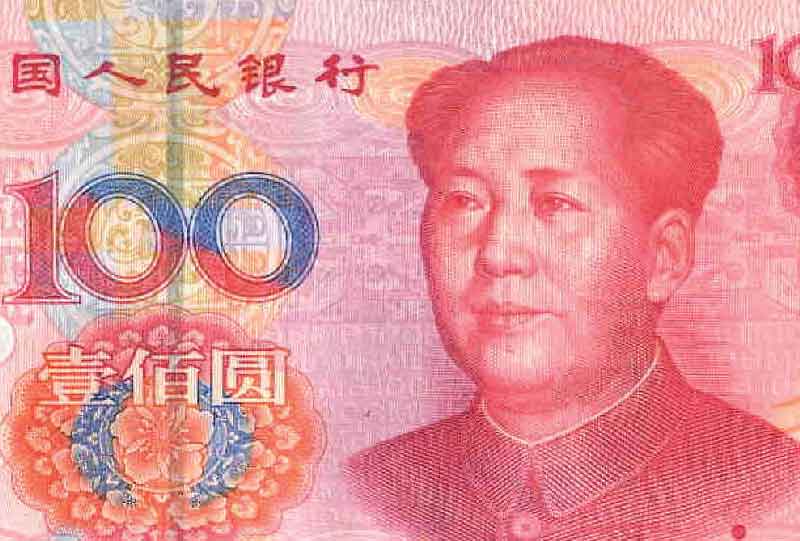Ally Bank at a glance
Ally Bank is a digital financial institution headquartered in Detroit, Michigan, USA. It provides a range of online banking and financial services to individuals, including deposit accounts, credit cards, loans, mortgages, investment services, and a mobile app for banking on the go.
Ally Bank operates exclusively online, with no physical branch locations, allowing customers to manage their finances entirely through the website or mobile app. It was originally founded in 1919 as GMAC, the financing arm of General Motors, and became a separate company under the Ally Financial brand in 2009.
lly Bank serves over 2 million customers, with a focus on providing competitive rates and a customer-centric approach to banking. It is known for its user-friendly online and mobile banking platforms and for being an early adopter of the concept of "no-penalty" certificates of deposit (CDs), which allow customers to withdraw funds from their CD without incurring an early withdrawal penalty in certain circumstances. Additionally, Ally Bank offers a range of foreign exchange (FX) services to help customers manage their international payments and foreign currency transactions.
How do Ally Bank exchange rates compare?
When you get a quote for your foreign wire transfer from Ally Bank on their website, in-app or in-branch, you should make note of the Ally Bank exchange rate, but it can be difficult to then calculate how much markup from the market rate you are being charged.
Our research shows that on average, the Ally Bank exchange rate markup for foreign wires is somewhere between 3 - 8%, depending on the amount you're sending, where you're sending it to and which currency will be received.
While all banks in the USA charge this type of markup, we make it easy to see how much you can save by using a global money transfer specialist.
Sending money to Eurozone can be an expensive business, more so if you aren’t even aware of all the hidden fees. Money transfer companies and banks profit by charging you fees and a normally hidden margin on the exchange rate.
Using your Bank to make international wire transfers to India can be especially expensive – often 5% to 10% worse than using a foreign exchange specialist to send to Eurozone bank accounts or pay a Euro invoice.


